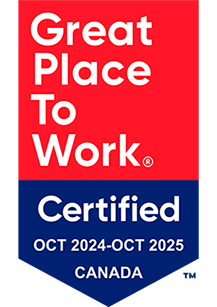Physiological reactions
There are many materials used in industry, which can cause allergic reactions... itching, a rash or other forms of dermatitis in those who work with them. These reactions are similar to those displayed by many people after contact with poison ivy, certain foods, or pharmaceutical compounds. Typical sensitizing materials encountered in industry are: solvents, cleaners, chemicals, plastics, foods, coolants, metals, animals, dust, fumes, inks, dyes, and soaps with a high alkaline or harsh mineral abrasive content. Experience has shown that the best way to prevent industrial dermatitis reaction is to establish and enforce good housekeeping practices.
The workers themselves must understand the reason for these practices and cooperate in them fully for no supervisor can control all of the actions of each employee. Patch testing to see if the individual is sensitive to the compound or to any of its components has proven unsatisfactory since repeated exposure is usually required in order for the individual to develop sensitivity.
Physiological classification
| Material | Skin irritating effect | Sensitizing effect | Recommended protection |
| Formulated epoxy liquids | Mild to moderate | Mild to moderate | A, B, C |
| Formulated epoxy solids | Non-irritating | Non-sensitizing | E |
| Fully cured compounds | Non-irritating | Non-sensitizing | E |
| Curing agent or hardeners | Mild to strong | Mild to strong | A, B, C, E |
| Solvents | De-fatting | Non-sensitizing | A, B, C, E |
A. Skin protection. B. Goggles or face shield. C. Exhaust ventilation. D. Fire precautions. E. Avoid inhalation of dust or vapour.



